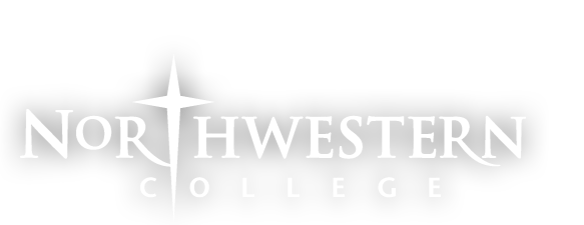Abstract
Angiotensin Converting Enzyme Inhibitor Induced Angioedema (ACEI-AE) is the acute swelling of the upper airway in patients who are currently or were formerly taking Angiotensin Converting Enzyme Inhibitors (ACEIs) for control of primary hypertension. Though emergency department presenting signs and symptoms have overlap with angioedema associated with anaphylaxis, there are key differences, including the absence of urticaria or hypotension and history of ACEI use, that can guide clinicians in identifying the underlying cause of the angioedema and initiate appropriate treatment. Due to its differing pathophysiology, ACEI-AE must be treated uniquely with Tranexamic Acid (TXA) and Fresh Frozen Plasma (FFP) to reverse airway swelling and avoid necessity for intubation. Other mediations explored but deemed ineffective or of questionable effectiveness in the treatment of ACEI-AE include antihistamines, epinephrine, systemic glucocorticoids, Icatibant, Ecallantide, and C1-Esterase Inhibitors.
Included in
Angiotensin Converting Enzyme Inhibitor Induced Angioedema (ACEI-AE): Emergency Department Treatments
Angiotensin Converting Enzyme Inhibitor Induced Angioedema (ACEI-AE) is the acute swelling of the upper airway in patients who are currently or were formerly taking Angiotensin Converting Enzyme Inhibitors (ACEIs) for control of primary hypertension. Though emergency department presenting signs and symptoms have overlap with angioedema associated with anaphylaxis, there are key differences, including the absence of urticaria or hypotension and history of ACEI use, that can guide clinicians in identifying the underlying cause of the angioedema and initiate appropriate treatment. Due to its differing pathophysiology, ACEI-AE must be treated uniquely with Tranexamic Acid (TXA) and Fresh Frozen Plasma (FFP) to reverse airway swelling and avoid necessity for intubation. Other mediations explored but deemed ineffective or of questionable effectiveness in the treatment of ACEI-AE include antihistamines, epinephrine, systemic glucocorticoids, Icatibant, Ecallantide, and C1-Esterase Inhibitors.

